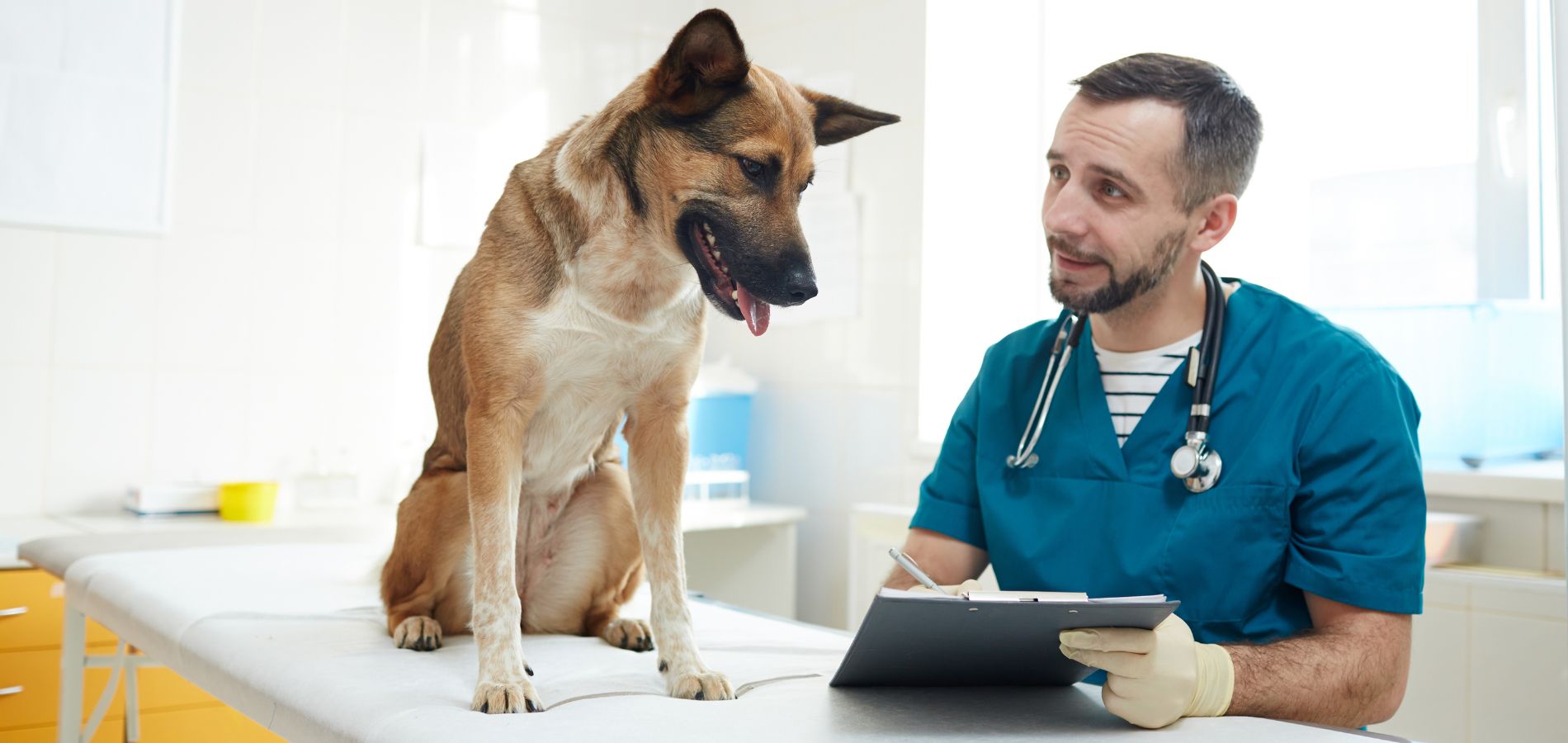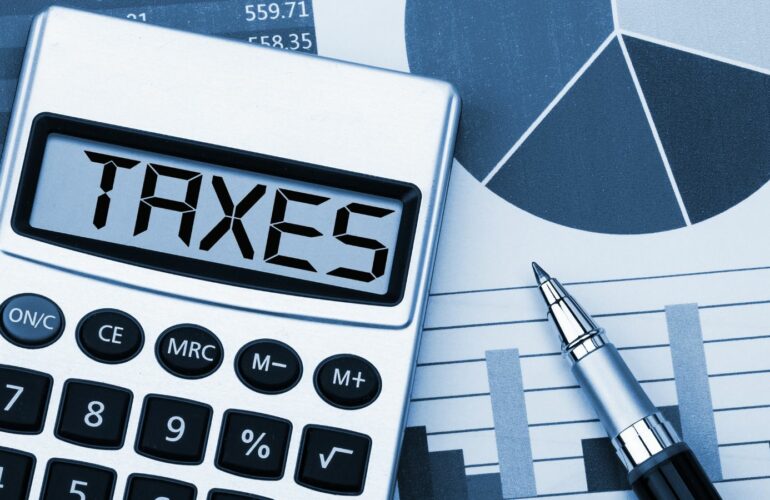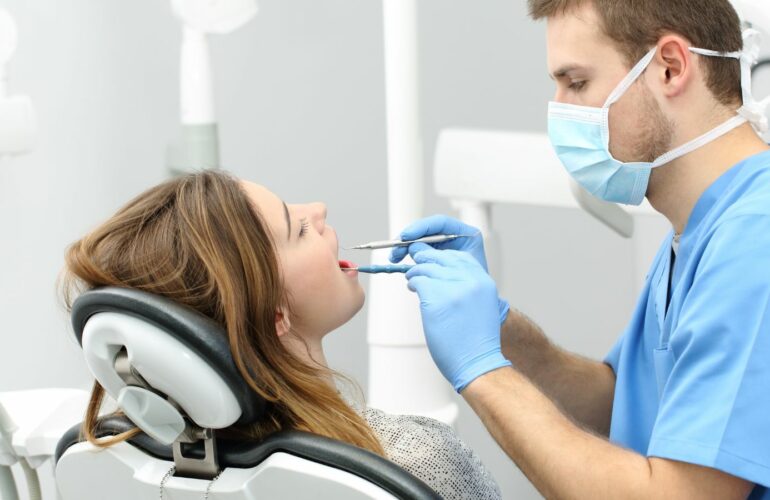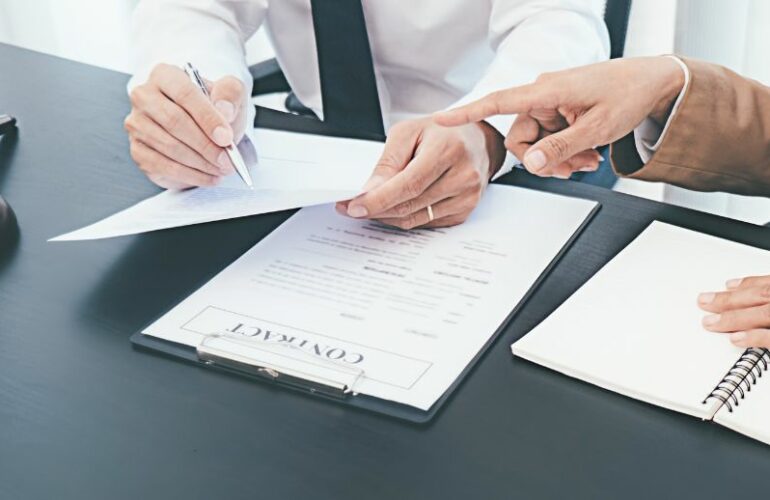In the United Kingdom, tax self-assessment is a fundamental process that veterinary practices must navigate to ensure compliance with HM Revenue & Customs (HMRC) regulations. This system places the responsibility squarely on businesses and individuals to report their income and pay the correct amount of tax on time. For veterinary practices, understanding and effectively managing tax obligations is crucial for financial health and regulatory compliance.
What is Tax Self-Assessment?
Tax self-assessment is a method used by HMRC to collect income tax from individuals and businesses. Under this system, veterinary practices are required to report their income, gains, and deductible expenses for a specific accounting period. This process applies to all types of veterinary businesses, including sole proprietorships, partnerships, and limited companies.
Key Elements of Tax Self-Assessment
For veterinary practices, several key elements define the tax self-assessment process:
1. Registration: Veterinary practices must register for self-assessment with HMRC if they meet certain criteria, such as earning income from veterinary services or selling products.
2. Tax Year: The tax year in the UK runs from April 6th to April 5th the following year. Veterinary practices must report their income and expenses for this period.
3. Record Keeping: Accurate record-keeping is essential. Veterinary practices must maintain detailed records of income, expenses, invoices, and receipts to substantiate their tax returns.
4. Completion and Filing of Tax Returns: Veterinary practices must complete a tax return (form SA800) and submit it to HMRC by the relevant deadlines.
Submitting Tax Returns
The deadline for submitting tax returns is significant and depends on the method of filing:
– Online Filing: The deadline for submitting online tax returns is usually January 31st following the end of the tax year. For example, for the tax year ending April 5th, 2023, the deadline would be January 31st, 2024.
– Paper Filing: If you choose to file a paper tax return, the deadline is typically October 31st following the end of the tax year.
Payment of Tax
Veterinary practices must pay any tax owed to HMRC by the deadline, which is also January 31st for the previous tax year. It’s crucial to calculate tax liabilities accurately to avoid penalties or interest charges for late payment.
Tax Deductions for Veterinary Practices
Certain expenses incurred by veterinary practices are tax-deductible, reducing the taxable income. Common deductions for veterinary practices may include:
– Staff wages and salaries
– Veterinary supplies and medications
– Equipment purchases and maintenance
– Practice rent or mortgage payments
– Professional fees and subscriptions
– Marketing and advertising costs
It’s essential for veterinary practices to claim all eligible deductions to minimize their tax liability legitimately.
Professional Assistance
While many veterinary practices manage their tax obligations independently, seeking professional assistance from accountants or tax advisors can be highly beneficial. Tax professionals can offer expert guidance, ensure compliance with tax laws, and optimize tax strategies for veterinary practices.
Compliance and Penalties
Failing to comply with tax self-assessment obligations can lead to penalties and interest charges. Veterinary practices should prioritize timely and accurate reporting to avoid such consequences.
In conclusion, tax self-assessment is a critical process for veterinary practices in the UK to fulfill their tax obligations. By understanding the requirements, maintaining accurate records, and seeking professional advice when needed, veterinary practices can effectively manage their tax responsibilities and focus on delivering quality care to their patients.




